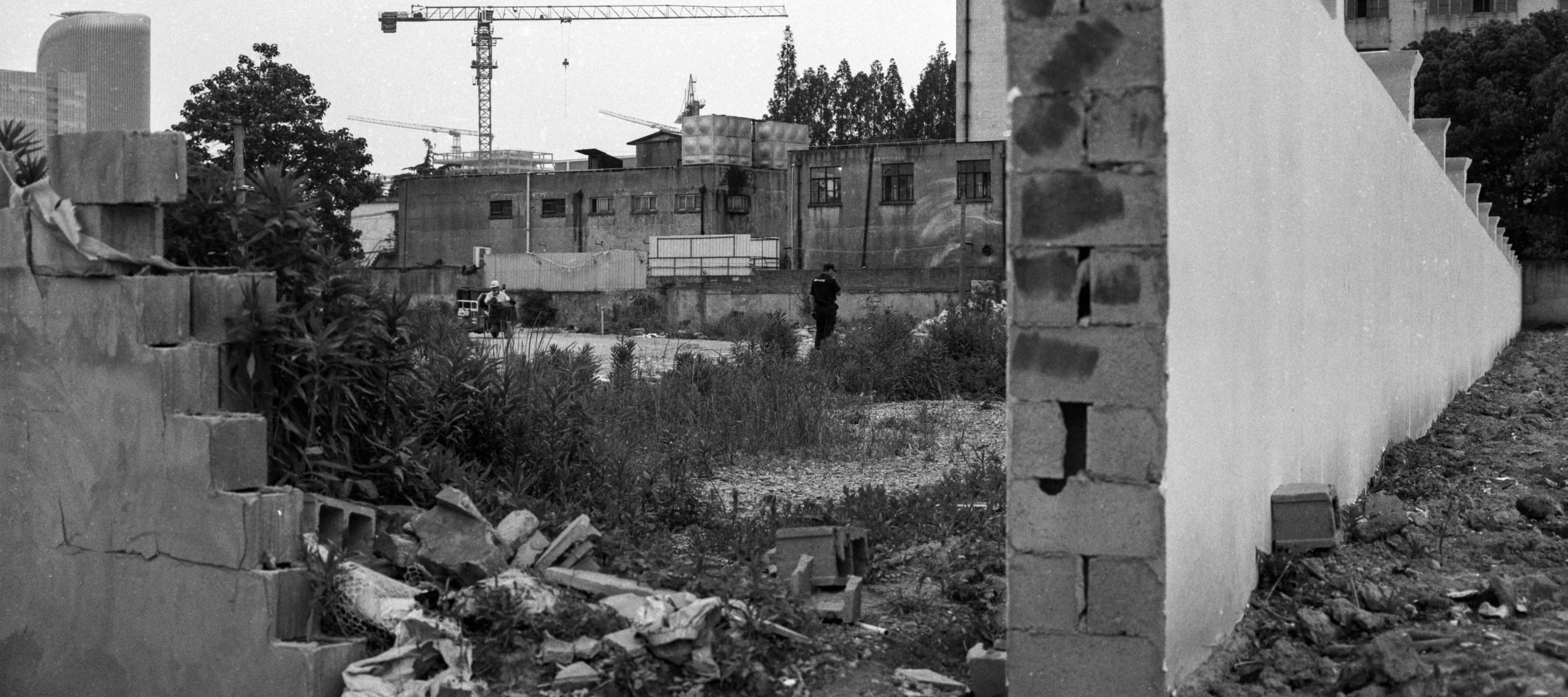The business of post-conflict reconstruction: risk and responsibility
30 April 2025

Two billion people – a quarter of humanity – live in places affected by conflict. Such violence not only tears societies apart but also destroys homes, hospitals, roads, parks, and other infrastructure essential for the fulfilment of human rights.
When conflicts end, complex decisions arise about what to rebuild, in what order, and how. But ongoing violence in Gaza, which many legal experts view as including acts consistent with characteristics of genocide, as well as pivotal negotiations seeking an end to Russia’s invasion of Ukraine, raise the more fundamental question of when these decisions are made, how and by whom. Post-war governments are often weak, leading to a vacuum of power that is often filled by multilateral agencies, international bodies, foreign governments, and multinational businesses.
In 2004, during the reconstruction of Iraq, for example, USAID was tasked with awarding the contracts, many of which went to US-based companies: Bechtel was tasked with repairing the country’s infrastructure systems, receiving $2.3 billion in government contracts, and Halliburton received $7 billion for the reconstruction of oil infrastructure. The reconstruction costs of Ukraine alone are estimated to exceed €500 billion, much of which will come from the private sector.
While businesses have a unique ability to rapidly mobilise the capital, expertise, and resources required to rebuild communities, these environments also present enormous risks.
Take Donald Trump’s plans for a Gaza Riviera. These will require investors to provide the capital, architects and engineers to design the developments, and construction companies to build them. Any business that embarks on this project is putting itself at risk of breaking international law — an accusation that has already been made against Airbnb and Booking.com for their operations in the occupied Palestinian territories.
Reconstruction isn't purely a technical challenge
Due to their limited consumer-facing nature and therefore public scrutiny, many companies working in construction are unaware of or underplay their human rights responsibilities, but several have been convicted in high-profile cases. Over the past twelve months, we at IHRB discussed corporate risks in post-conflict reconstruction with partners through roundtables, high-profile events and other convenings. Key areas of concern include:
- The importance of knowing the background of human rights abuses before or during the conflict. Business leaders need to be familiar with the history of violence, discrimination, and displacement targeted at minority groups, to ensure that reconstruction is inclusive, reparatory, and non-discriminatory. International architecture and engineering firms routinely operate in countries with poor track records on human rights, where their projects have sometimes resulted in the deaths of tens of thousands of workers and the forced removal of Indigenous communities from their land.
- Awareness of fragile governance and rule of law, with associated issues of corruption, seized or frozen assets, sanctions, military and security factors. This knowledge is crucial for businesses when putting in place safeguards to avoid problems later, as demonstrated by the indictment of six former directors of Lafarge, one of the world’s leading suppliers of cement and construction materials, for complicity in war crimes and crimes against humanity.
- The complexity of balancing short-term goals with long-term sustainability. This includes critical decisions about whether to import rapidly deployable overseas expertise versus capacity-building and empowerment of local businesses, but also balancing the need to rebuild at speed with the need to minimise greenhouse gas emissions. Reconstruction presents a generational opportunity to build back greener. Margot Wallstrom, Chair of IHRB’s International Advisory Council, has played a key role in An Environmental Compact for Ukraine: A Green Future – Recommendations for Accountability and Recovery which importantly highlights the need for prioritising nature and biodiversity in reconstruction efforts following the destruction of much of the country’s natural resources.
- The explosion of artificial intelligence (AI) and associated business ecosystems adds a further layer of complexity. Several businesses are using AI to map Ukrainian infrastructure damage, and there is a clear need for transparency and human oversight to ensure algorithmic decisions do not replicate or exacerbate social inequalities when deciding what to rebuild first and where.
- Reconstruction isn’t purely a technical challenge. The destruction of homes and communities is a profound loss of identity and belonging, a phenomenon now described as domicide. Rebuilding must prioritise restoring not just shelter but dignity and connection to place.
Case studies: the good and bad
A first step in confronting these challenges is to learn from past experience.
The demobilisation and reintegration of paramilitary combatants into the construction workforce in Colombia following their disarmament has been highlighted as a positive case study by a number of IHRB partners.
The Cochabamba Water Wars that took place following the privatisation of the water supply in Bolivia highlight what happens when businesses underestimate the many risks associated with the privatisation of infrastructure and services – particularly relevant in countries like Ukraine, with a long history of nationalised services.
Iraq also presents many lessons: 52 Bechtel workers were killed, and Halliburton was accused of corruption and financial mismanagement. An Amnesty International report into the Iraq reconstruction efforts highlighted the need for greater transparency and consultation with the Iraqi people, who should be enabled to make decisions on rebuilding, foreign investment, and any selling of assets. But businesses working on the ground highlighted the complexity associated with this task, particularly given historical and local power structures, particularly in rural areas.
The complexity of the challenge is vast. There are, however, important resources to help businesses operating in this space. The UN Guiding Principles on Business and Human Rights are the most authoritative international framework setting out the responsibilities of companies, and more recent UN publications have provided additional guidance for companies when operating in high-risk contexts. Other important tools include the OECD Guidelines for Multinational Corporations, and a Cross-sectoral Comparison on International Companies and Post-Conflict Reconstruction by the World Bank. We at IHRB developed the Dignity by Design Framework which can be used to identify the human rights risks and social impact opportunities associated with reconstruction projects.
Yet, despite the range of guidance and practical tools available, there remains a clear need for joint efforts like multi-stakeholder initiatives more specifically focused on this unique sector and context. These can kick-start the collective action needed to make progress and ensure that reconstruction efforts effectively fulfil their potential to build lasting peace and support the realisation of rights for those recovering from the devastation of conflict.




